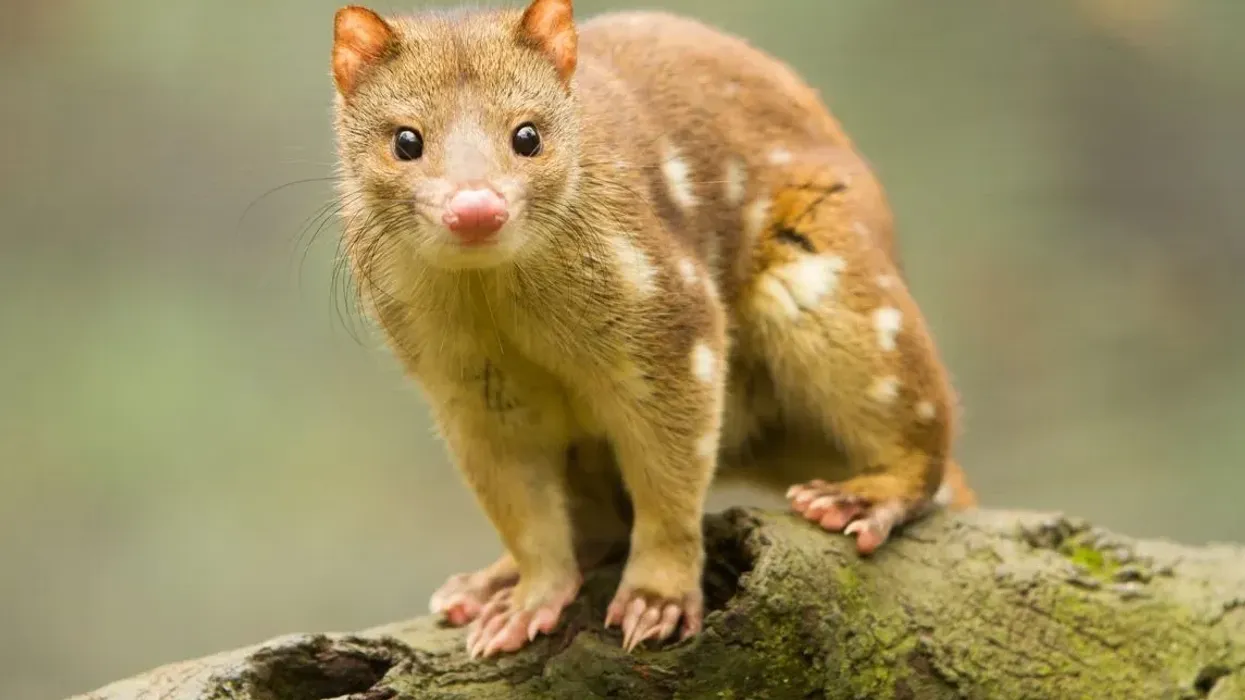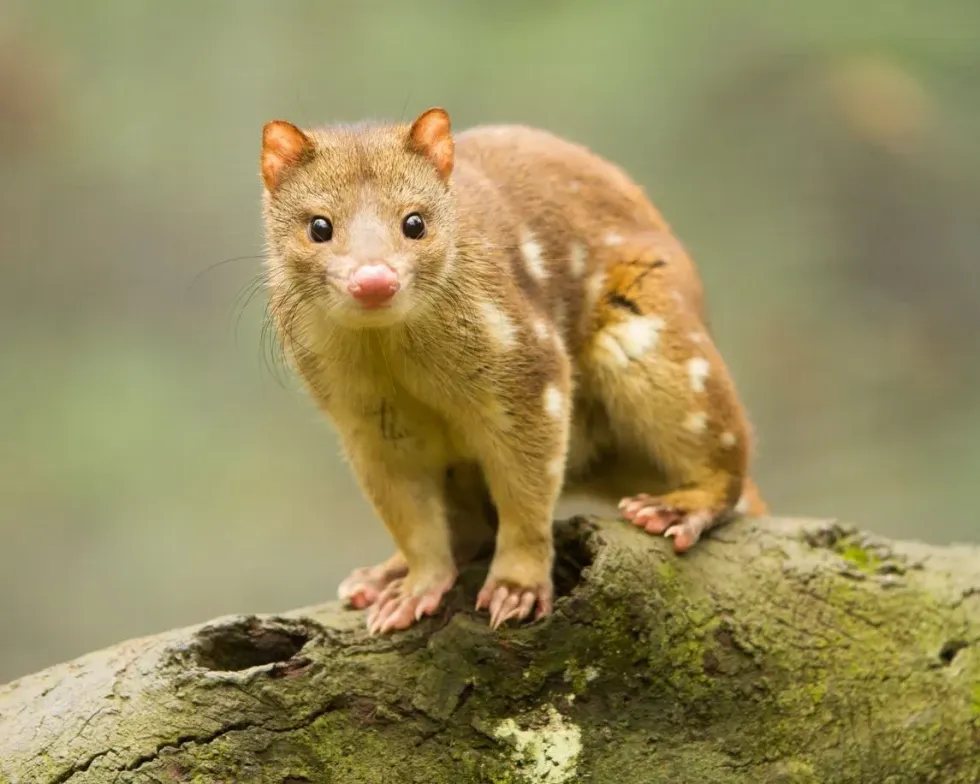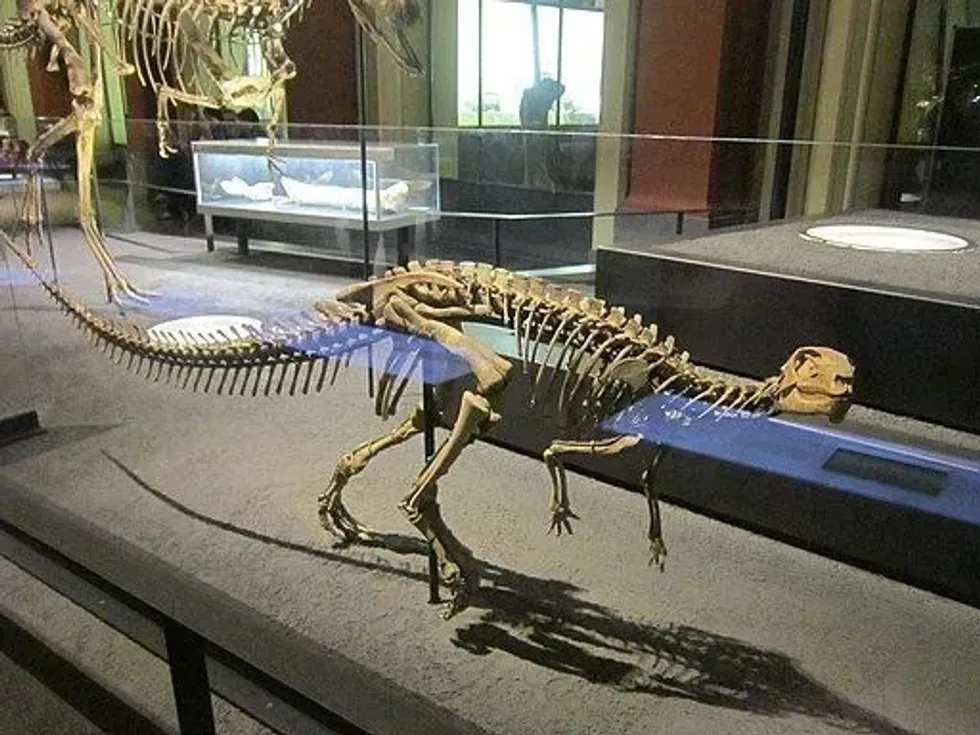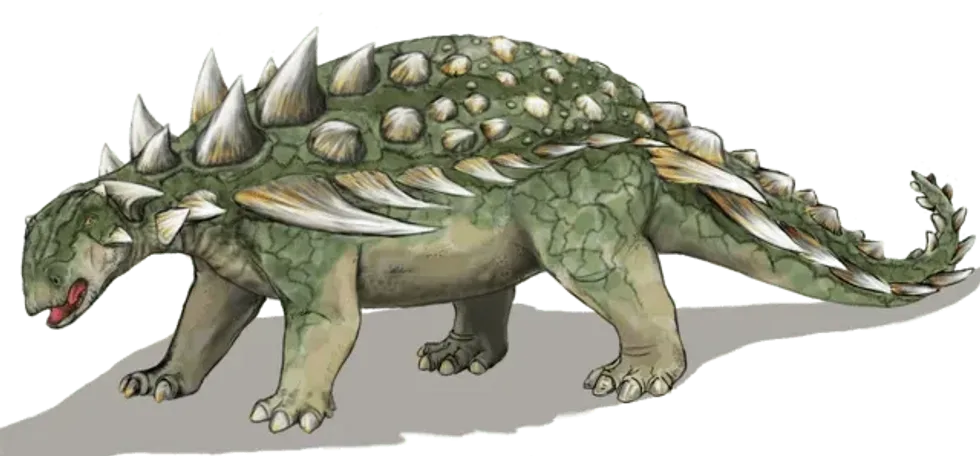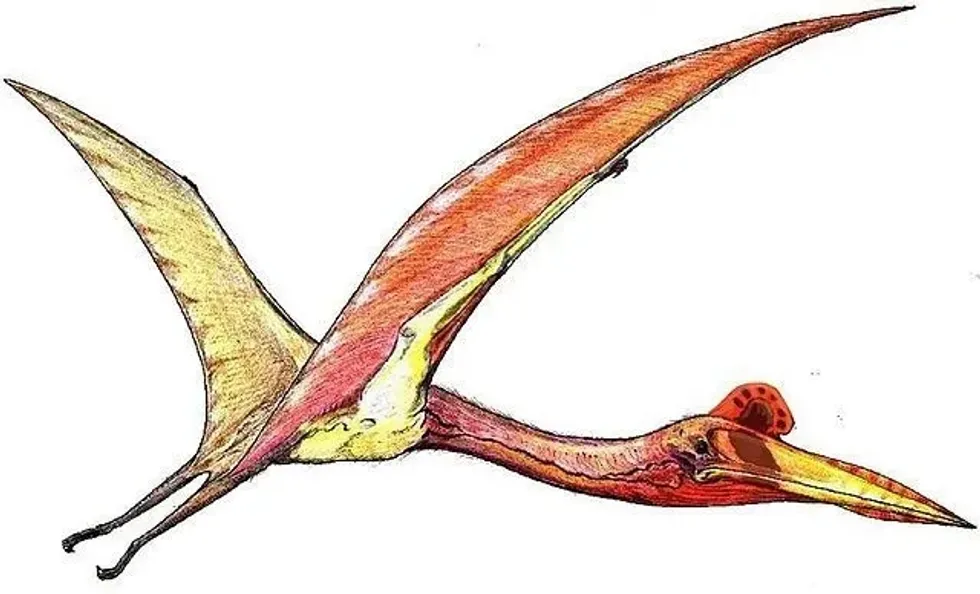A tiger quoll is called native cats or tiger cats because of their spots and fur which resembles the fur of a tiger.
They are extant carnivorous marsupials, second in size after the Tasmanian devil. They have two subspecies.
The nominate is found in Australia majorly in southeastern Queensland, and another subspecies is found in northern Queensland where these subspecies are Endangered.
Tiger quolls are very interesting as they have a vast range of prey, as they can eat anything from an insect to a poultry animal.
What makes them more interesting is their fur as it is very beautiful and eye-catching as it is reddish-brown with white spots, making them a spotted quoll that helps them to camouflage in the wilderness.
Tiger quoll habitat loss is the major threat to them as even in wild they do not face many predators, they are only preyed on by wild dogs.
If you would like to read more fun animal facts, check out our articles on the quoll and northern quoll.
Tiger Quoll Interesting Facts
What type of animal is a tiger quoll?
The tiger quoll is a carnivorous marsupial.
What class of animal does the tiger quoll belong to?
They are from the kingdom of Animalia, classified as Mammalia belonging to the family of Dasyuridae.
How many tiger quolls are there in the world?
According to the IUCN Red List, the total tiger quoll population is around 21,ooo individuals, making them Near Threatened. The spotted tail quoll is threatened due to larger animals or forest fires.
A lack of rock crevices or contact barging of larger animals into the home ranges of this species is also a reason why their conservation status is threatened.
Where does the tiger quoll live?
Tiger quolls are found in wet forests of Australia, mainly found in eastern New South Wales to eastern Australia in eucalyptus forests.
What is a tiger quoll's habitat?
As mentioned above their habitat is wet forests, with a home range of 1902-2870 ft (580-875 m). Males and females have a large difference in the home range. Tiger quolls usually don't cross their home range. They need dense sites to hide away from bigger animals, so rock crevices are a need for a tiger quoll.
Who do tiger quolls live with?
Tiger quolls live in forests so they are surrounded by small mammals and insects. They may live with other quoll species too.
The tiger cat however has many animals that they share their habitat with such as feral pigs. Feral pigs are famous prey for these eastern New South Wales tiger quolls. Other neighbors of this carnivorous marsupial are potbelly pig and mongoose.
How long does a tiger quoll live?
Average tiger quolls have a life span of two to four years in the wild, which is very short but different quoll species such as spotted quolls in eastern Australia have the same life span.
How do they reproduce?
Tiger quolls are small wallabies and females generally produce five live ones. Unlike other animals, the female and male give live birth in their home ranges as discovered by Belcher. The gestation period in a spotted-tailed quoll is around three months.
What is their conservation status?
The conservation status of this carnivorous marsupial is considered Near Threatened.
Tiger Quoll Fun Facts
What do tiger quolls look like?
The tiger quoll (Dasyurus maculatus) is known to be the largest quoll. They have spotted tails, and their neck is rounded. They also have an elongated snout.
The spotted-tailed quoll has very short legs and the males are a little larger in length compared to the females. This Australian tiger quoll, (Dasyurus maculatus) has a reddish-brown pledge and they have spotted tails. They are also known as a spotted tail quoll.
How cute are they?
The tiger quoll is indeed very cute. This tiger cat appears very adorable and is almost harmless to humans.
How do they communicate?
The tiger quoll sound is made up of growls and high-pitched scary sounds. This is how these Australian animals communicate by using sounds and vocals.
How big is a tiger quoll?
A tiger quoll fact is even though they are very short in length, the males are capable of hunting larger animals. In terms of length, this species is around two times bigger than a small Indian mongoose. This species is around nine times bigger than the Indian palm squirrel.
How fast can a tiger quoll run?
Tiger quolls compared to their size are rather slow with an average speed of 15 mph (24.1 kph). A female of this species is also very good at running, exactly like the males when it comes to catching prey or running away from a larger animal.
How much does a tiger quoll weigh?
Tiger quoll males and females have a large difference in their body size and weight but their average weight is 7.7 lb (3.5 kgs).
What are the male and female names of the species?
The tiger quoll species doesn't have any separate name for a male or female. The same thing can be said about any quoll species or any spotted quoll. The females have the same diet, same anatomy, and so these animals have the same name for both their sexes, regardless of being a male or female.
What would you call a baby tiger quoll?
Tiger quoll babies from any quoll species are called pups. This is not one of the most well-known tiger quoll facts.
What do they eat?
The tiger quoll captive diet usually consists of insects and many small mammals. Tiger quoll diet mainly consists of insects, snakes, lizards, and other small mammals.
Are they dangerous?
The tiger quoll has the second strongest bite of any predator mammal, even though tiger quoll size is small compared to other predatory mammals, beaten by the Tasmanian devil. With such a strong bite, they surpass many famous predators in their biting power, making them very dangerous in the wild.
Would they make a good pet?
Surprisingly a tiger quoll would make for a very exciting pet, every bit exciting as a cat or dog. In the wild, a quoll may be fierce but when domesticated, it tends to socialize, so you should consider a tiger quoll pet.
Although, there can be further complications when considering such animals as pets. Thus marsupial is threatened and there are very few of them present, making it extremely difficult to find them as a pet.
It might not even be considered legal in some states to pet this species. For people looking to pet a tiger quoll, they can consider other option of animals or rodents which have a good population. Also, it is important to check whether or not keeping an animal is restricted by the government.
Did you know...
One of the lesser-known tiger quoll facts is their bite is very strong.
What is the biggest threat to tiger quolls?
Tiger quoll habitat destruction remains to be their biggest threat, along with wildfire and other such incidents. These are devastating not just for tiger quolls but even for other quoll species too. Tiger quoll adaptations are important for their survival
How strong is a tiger quoll?
They may appear strong but they can surprise you with their wonderful hunting techniques, making prey out of even a big farm pig. A tiger quoll is indeed very strong with very sharp teeth.
Here at Kidadl, we have carefully created lots of interesting family-friendly animal facts for everyone to discover! For more relatable content, check out these probosci's monkey facts and howler monkey facts.
You can even occupy yourself at home by coloring in one of our free printable tiger quoll coloring pages.
Second image by arndbergmann.

